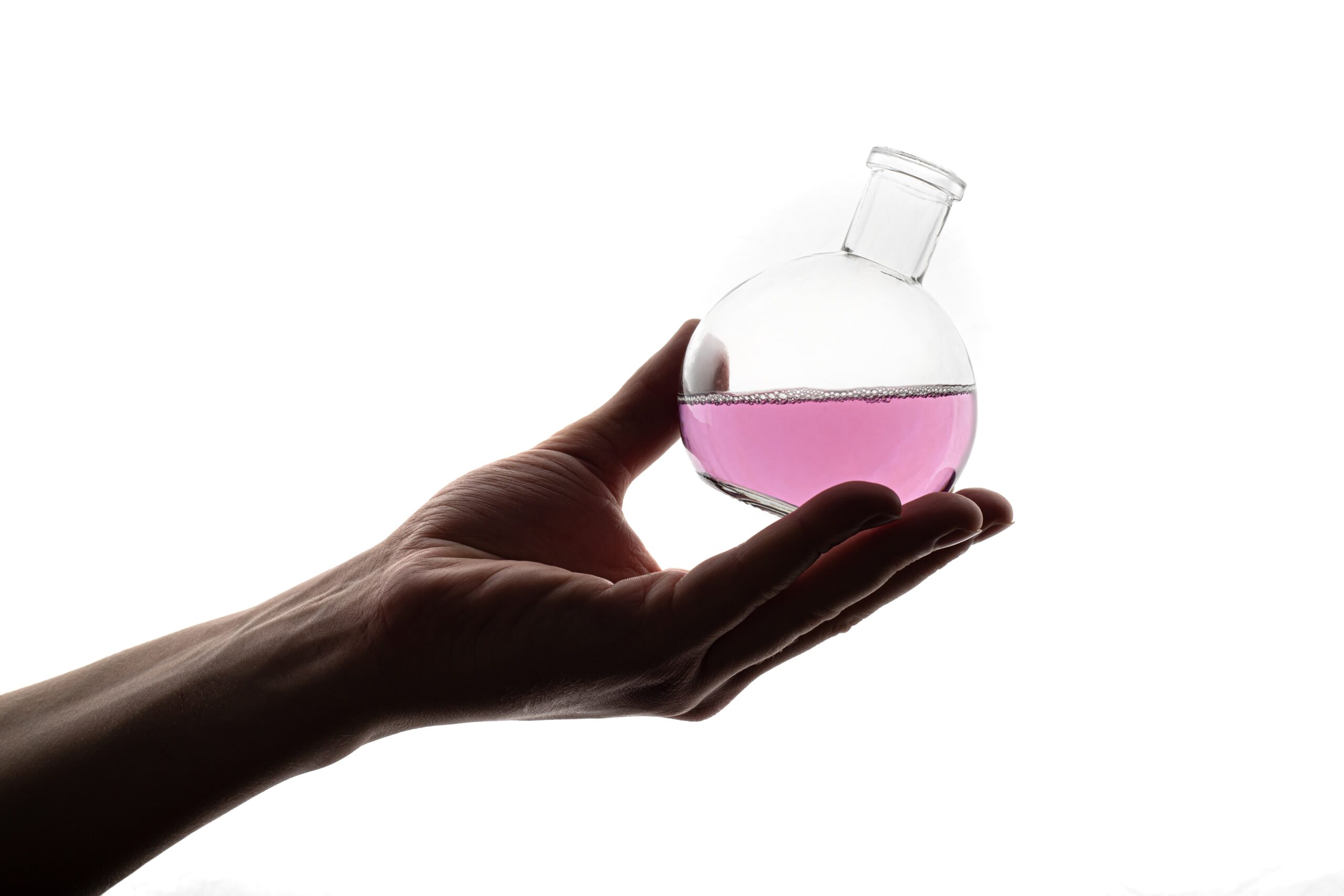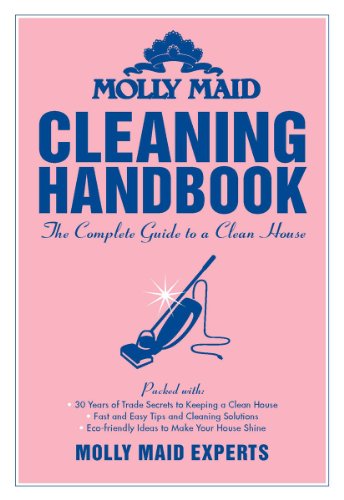
Ever marvel at how a spritz of your favourite household cleaner can make grubby kitchen counters spotless? What about in the bathroom? While it may seem magical, in reality, it’s simply science. But that doesn’t make it any less magical.
To really understand what’s happening when we clean. We need to grasp some of the fundamental concepts of chemistry, the science that deals with the properties, composition, and structure of substances.
The Science of Surfactants
Surfactants are essential components of most cleaning products. They help water interact effectively by removing dirt and grease. How? By reducing water’s surface tension and forming micelles that encapsulate and disperse the unwanted particles for easy rinsing.
The Difference Between Acids and Bases
Acids (like vinegar and lemon juice) are substances that release hydrogen ions (H+) when dissolved in water. They have a low pH (typically less than 7) and can react with certain substances, particularly mineral deposits, and rust, effectively breaking them down. Whereas, bases, also known as alkaline substances, have a high pH (typically greater than 7). They work well for removing greasy, oily, and acidic stains. Bases (like baking soda and soap) are particularly effective at saponification, which is the process of turning fats and oils into soap.
Oxidation-Reduction Reactions
Oxidation-reduction (redox) reactions are behind the effectiveness of many disinfectants and stain removers. They work by using oxygen to break down and remove stains and organic materials. When an oxidizing agent, like hydrogen peroxide or bleach, is applied to a stain, it releases oxygen molecules. These oxygen molecules react with the stain, breaking it into smaller, less colored, or less smelly substances. As a result, the stain is effectively lifted from the surface and becomes easier to clean or rinse away. Oxidation reactions are especially useful for removing tough stains like those from wine, blood, or grass.
Enzymes: Nature’s Cleaning Agents
Enzymes are biological molecules used in a variety of cleaning products. From laundry detergents to dishwashing soaps, enzymes play a vital role in breaking down complex molecules, making it easier to remove stains and grime. These enzymes latch onto the stain’s molecules and break them down into smaller fragments. As a result, the stain loses its structure and becomes easier to wash away. Enzymes are highly effective in removing tough stains like blood, grass, or food residues. More importantly: they provide an eco-friendly alternative to harsh chemicals.

